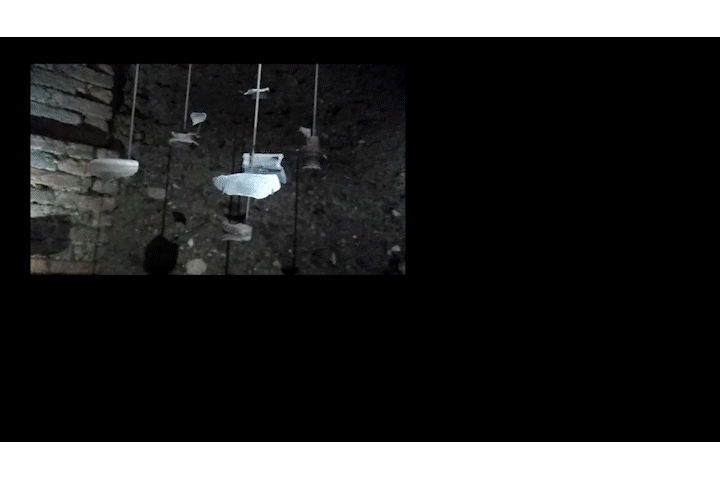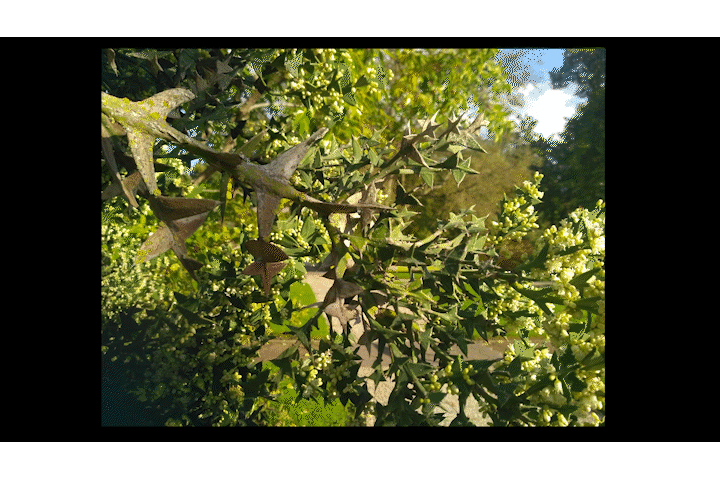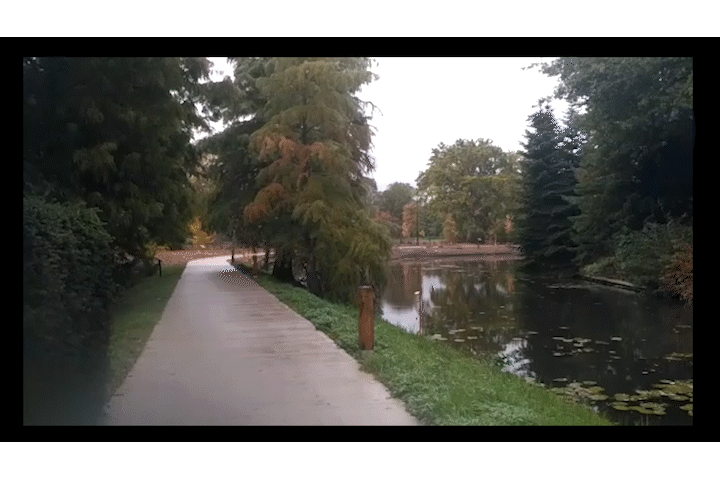2022. touching plants workshops
2 edition. : Histories of Utrechts Plants. Given as part of a course, “Living Pasts” where students at Utrecht University write histories of the city that are rarely told.
I became curious about Utrecht’s spiritual pasts after noticing how old architectural remains are covered over by a weird secular layer.
I wondered what remains, who remembers.
I learnt that the animals we eat used to live in the houses we now rent, before being pushed out of the city. I see church spires around most corners. When you leave the city there is grass everywhere.
I wondered who remembers. I wondered if plants remember.
Two words came together: Secular + Supermarket
And then I wondered whether plants were more important for Utrechters that didn’t rely on supermarkets. How do faith and religion entwine with plants in Utrecht’s landscape?
There’s hardly anything written about this connection. All I found is that Pagan’s would treat Oak trees as the source of all knowledge, and indeed there were loads of acorns on the ground.
What was left was to tap into the right rituals and try to tell plant’s past. The method was to touch. The venue was the botanic garden.
I wondered what remains, who remembers.
I learnt that the animals we eat used to live in the houses we now rent, before being pushed out of the city. I see church spires around most corners. When you leave the city there is grass everywhere.
I wondered who remembers. I wondered if plants remember.
Two words came together: Secular + Supermarket
And then I wondered whether plants were more important for Utrechters that didn’t rely on supermarkets. How do faith and religion entwine with plants in Utrecht’s landscape?
There’s hardly anything written about this connection. All I found is that Pagan’s would treat Oak trees as the source of all knowledge, and indeed there were loads of acorns on the ground.
What was left was to tap into the right rituals and try to tell plant’s past. The method was to touch. The venue was the botanic garden.

I told about how Utrecht was originally a border fortress for the Roman Empire meant to keep out “barbarians”. How dandelions were used to make rubber for the car tyres that helped the Nazis to invade other countries. How dandelions are important for herbalist medicines and Pagan spells. How cows taught me to listen to land. How hundreds of years of harmonious pastoral living were swept away by Roman Imperialism in its updated Christian form. See Clemens Willebrord. How the role of plants in social life were slowly eroded. How the layers of soil beneath Dom-square captured civilisations coming and going. But still, there were ‘more gaps than record.’
I gave the students the best instructions I could think of for how to feel a plant, to let it communicate with your body, to teach you something. I brought them from the classroom and let them roam around the universities botanic garden, to meet teachers that might know more.

One instruction matters most: “in your encounter, you Will feel something.”
And it worked; each of them returned with pages of notes as a testimony for their encounter. As they told their stories, personal memories were woven with feelings given by plants woven with fragments of the stories each of us had shared.
We didn’t find answers to the questions I started with. But three of our grandmothers appeared to us. We smelt home and felt the caress of a lost memory. We practiced listening and explored the politics of the botanic garden, the role of the body in producing knowledge, the utility of the labels we give to individual species, the role of storytelling in creating histories, and the ways in which a nonhumans touch can remind us.
References
- Dandelion facts gathered by Toni Kritzer @ https://tonikritzer.hotglue.me/dandelion
- Early Dutch Pagan information from “Nehalennia's Lowlands,” thesis by Minkjan, Johanna Catharina
- Arnold Arboretum, supplier of botanical gardens, first trip to China https://arboretum.harvard.edu/expeditions/first-expedition-to-china/
- The only biographical data we have of Willebrord
https://sourcebooks.fordham.edu/basis/alcuin-willbrord.asp
From WikipediaIn 752/753 Boniface wrote a letter to Pope Stephen II, in which it is said that Willibrord destroyed the Frisian pagan sanctuaries and temples.[16] In the Life written by Alcuin are two texts about Willibrord and pagan places of worship. In one he arrived with his companions in Walcheren in the Netherlands where he smashed a sculpture of the ancient religion.[17] In the second text passage Willibord arrived on an island called Fositesland (possibly Heligoland) where a pagan god named Fosite was worshipped. Here he despoiled this god of its sanctity by using the god's sacred well for baptisms and the sacred cattle for food.[18][19]
- Thea Lenarduzzi “Dandelions” from Fitzcarraldo Editions

